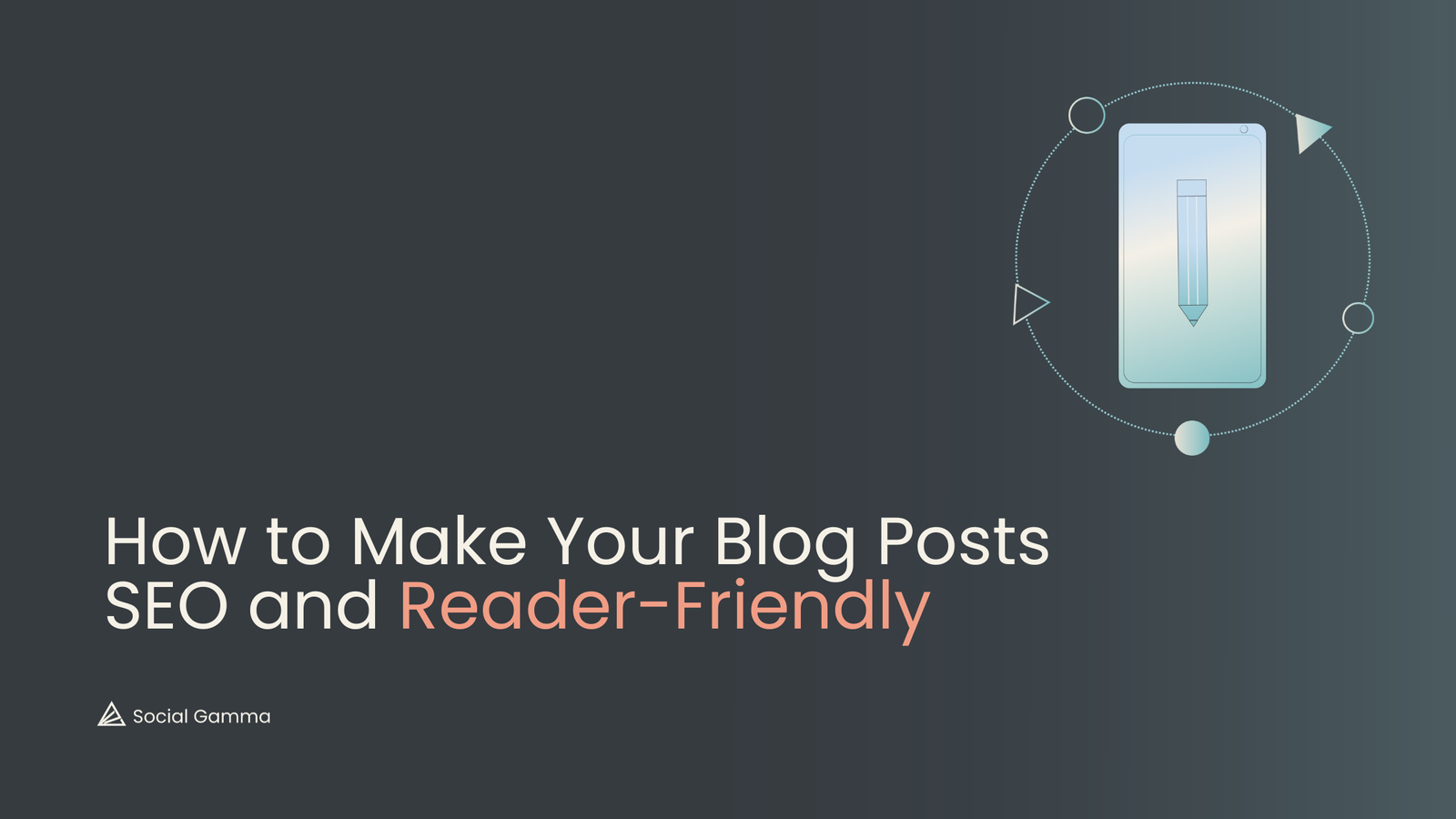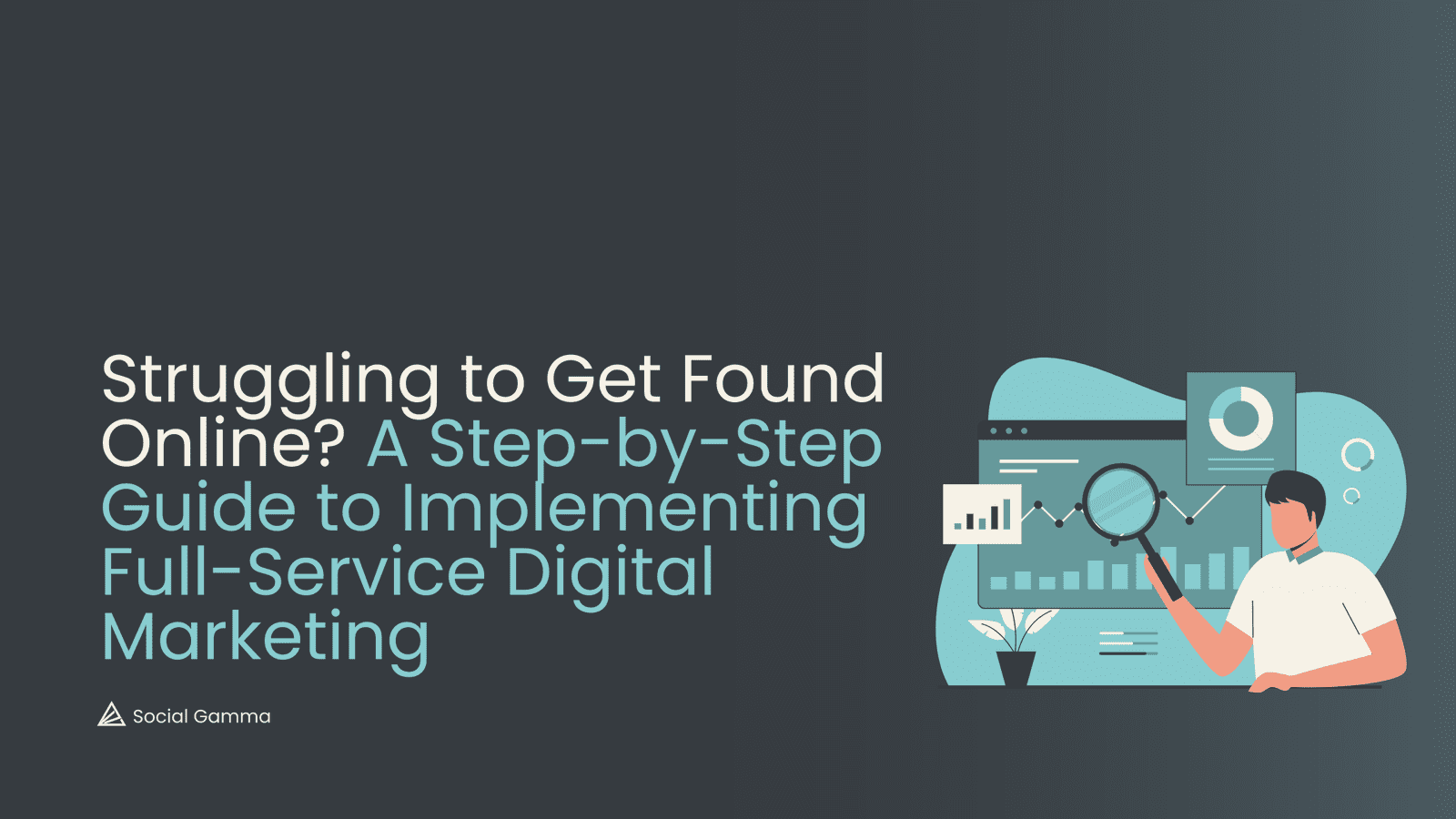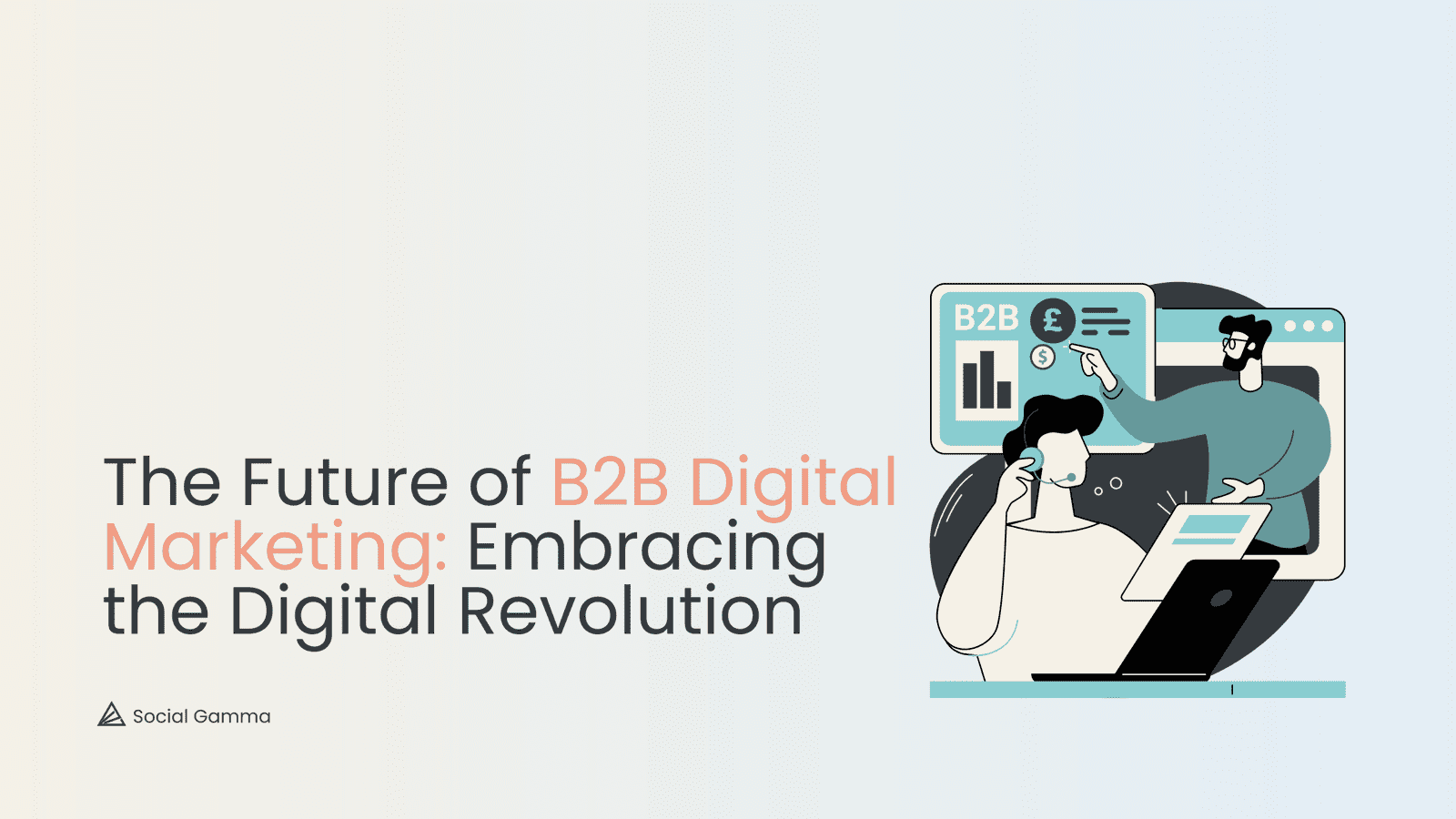Creating a blog that is both SEO and reader-friendly is a crucial aspect of modern content creation. By implementing effective SEO strategies, you can increase the visibility of your blog on search engines and attract more organic traffic. This, in turn, can lead to higher rankings and greater exposure for your content.
However, it is equally important to prioritise the needs and interests of your readers. By providing valuable and engaging content, you can build a loyal audience who will not only enjoy reading your blog but also share it with others.
To achieve this balance, consider conducting keyword research to identify relevant and high-ranking keywords in your niche. Incorporate these keywords naturally into your blog posts, titles, and meta descriptions to optimise your content for search engines. Additionally, focus on creating informative and well-structured content that addresses the needs and interests of your target audience.
The ultimate goal is to offer value to your readers while also ensuring that your blog is easily discoverable by search engines.
Here’s our take on finding the perfect balance between optimised content and readability.
Contents
Understanding Your Audience
It is crucial to have a deep understanding of your target audience. Take the time to research and analyse their interests, needs, and problems. Utilise tools such as Google Analytics to gain valuable insights into their demographics, preferences, and behaviour. This knowledge will help you tailor your content effectively and deliver it in a way that resonates with your readers.
Creating opportunities for reader interaction is a powerful way to increase engagement on your page. Encourage your audience to leave comments, ask questions, or participate in polls. This not only fosters a sense of community but also boosts the time spent on your website. Search engines view high user engagement as a positive signal, which can enhance your visibility and rank in search results. So, don’t hesitate to create meaningful interactions with your readers!
Keyword Research
To optimise your content, use tools like Answerthepublic or SEMrush to identify keywords that are relevant to your topic. These tools will help you discover keywords that align with your target audience’s search queries. It is recommended to focus on long-tail keywords, which are longer and more specific phrases, as they tend to be less competitive and can attract more qualified traffic to your website.
Once you have identified the appropriate keywords, strategically incorporate them into your content. Place keywords naturally in your title, headings, and throughout the body of your text. This will not only help search engines understand the context of your content but also improve the overall readability for your audience. It is important to avoid keyword stuffing, which is the excessive and unnatural use of keywords, as it can have a negative impact on both user experience and SEO. Remember, the goal is to provide valuable and informative content that engages your readers while also signalling to search engines the relevance of your content to specific search queries.
Compelling Content
When creating your articles, focus on providing in-depth and well-researched information. By prioritising quality content, you increase the chances of it being shared and linked back to, ultimately boosting your SEO efforts.
It’s crucial to ensure that your content is both high-quality and unique. Avoid using plagiarised or duplicated content as it can significantly damage your SEO rankings. By maintaining originality, you establish credibility and authenticity, further enhancing your SEO.
Optimising for Readability
There are several aspects to consider here. Below are some of the most important elements we would focus on!
Clear Headings
To enhance the structure and readability of your content, make use of headings and subheadings (H1, H2, H3). These provide a clear structure for your readers to follow and help search engines understand the hierarchy of your information. By using descriptive headings, you can guide your audience through the key points and make it easier for them to scan and navigate your content.
Short Paragraphs
Keep your paragraphs concise wherever possible! By doing so, you improve the readability of your text and make it more approachable for your readers. Long paragraphs can appear overwhelming and may discourage readers from engaging with your content. By breaking your text into smaller paragraphs, you allow for better comprehension and make it easier for your audience to digest the information.
Bullet Points and Lists
When presenting complex information, using bullet points or numbered lists is highly underrated. These formatting options allow you to break down intricate concepts into bite-sized pieces, making it easier for your readers to understand and follow along. Bullet points and lists also help to maintain the reader’s attention and engagement, as they provide a clear and organised format for presenting information.
Mobile Optimisation
Equally as crucial is ensuring that your blog is mobile-friendly and responsive. With the majority of web traffic coming from mobile devices, it is essential to create a seamless user experience across different screen sizes. Not only does this cater to the needs of your mobile audience, but it also aligns with search engine preferences for mobile-optimised sites.
Improving the loading speed of your web pages is vital for user satisfaction and SEO. One effective strategy is to optimise images by compressing them without compromising quality. Additionally, implementing caching techniques can significantly enhance page loading speed, reducing the chances of high bounce rates. Remember, faster-loading pages not only improve SEO but also create a positive user experience that keeps visitors engaged.
Utilising Multimedia
Enhance the visual appeal of your content by incorporating relevant and eye-catching images, videos, or infographics. Doing this will create a more engaging experience. This increased engagement can lead to longer dwell times, which is a positive signal for SEO. When users spend more time interacting with your content, it indicates that they find it valuable and useful. Keep visitors on your page at all costs!
On the subject always make sure to use alt text for images. Alt text, also known as alternative text, is a descriptive text that is added to an image’s HTML code. This text helps search engines understand the content of the image and improves accessibility for users who may have visual impairments. By providing alt text, you ensure that your content is accessible to a wider audience and can potentially improve your website’s SEO.
Internal and External Linking
One effective strategy to enhance the user experience on your blog is to include internal links to other relevant posts. By doing so, you not only distribute page authority across your website but also encourage readers to explore more of your content, keeping them engaged for longer periods.
Another valuable practice is to incorporate authoritative external sources through external links. This not only adds credibility to your content but also provides readers with additional resources to further their knowledge on the topic. Make sure that any external links are relevant and of high quality, offering valuable information to your audience. Linking for the sake of having links is useless.
SEO-Friendly URLs and Meta Descriptions
Use URLs that accurately describe the content of the page. Avoid long and complicated URLs as they can be difficult for users to remember and share. Instead, opt for concise and meaningful URLs that give users a clear idea of what to expect when they click on the link.
Compelling meta descriptions are crucial for attracting users from search engine results pages. A well-written meta description should not only include your target keywords but also provide a concise summary of the page’s content. This will entice users to click on your website and increase your click-through rates, ultimately driving more organic traffic to your site.
Regular Updates
Regularly update your blog with fresh and engaging content! By consistently providing new posts, you not only signal to search engines that your site is active and relevant, but you also keep your audience interested and coming back for more of your content. This will have a positive impact on your site’s visibility and organic traffic.
In addition to creating new content, it is equally important to periodically update your older posts. By adding new information or insights to your existing articles, you can breathe new life into them and make them more valuable to your readers. This not only helps to improve the overall quality of your content, but it can also boost their search engine rankings and extend their lifespan.
Remember, both fresh content and updated posts play a crucial role in maintaining a vibrant and successful blog library. So make it a priority to regularly create new content and revisit your older posts to ensure that your blog remains relevant and continues to attract both readers and search engine attention!
Social Media Integration
One way to make it easier for readers to share your content on social media is by including social sharing buttons directly on your blog posts. These buttons can allow users to quickly and conveniently share your content with their own network, increasing the reach and visibility of your content.
Another important aspect of driving traffic and improving visibility is to maintain an active presence on social media platforms. Regularly promote your content through posts, updates, and engagement with your audience, so you can effectively reach a wider audience and encourage more interaction with your brand.
Analysing and Improving
We’ve mentioned this before, but frequently check how your blog is performing using tools like Google Analytics. This way, you can gain valuable insights into what content resonates with your audience and what doesn’t. It helps you make data-driven decisions to optimise your blog.
Based on the analytics data you have, it’s crucial to continuously refine your blogging strategy. SEO and reader preferences keep evolving, so it’s important to stay adaptable and flexible.
Final Thoughts
We will say it again for those at the back! Finding the right balance between SEO and reader-friendliness is not a one-off task, it’s an ongoing process that requires continuous effort. It’s all about creating high-quality and relevant content while optimising it to cater to both search engines and your target audience.
To build a successful and engaging blog, focus on providing value to your readers while making sure your content is easily discoverable and ranks well on search engines. Prioritise strategic keyword research, thoughtful content, and effective use of meta tags and headers. Don’t forget to regularly analyse and update your content to keep up with evolving algorithms and user expectations!
At the end of the day, the more effort you put into striking the right balance between SEO and reader-friendliness, the better chances you have of driving organic traffic, increasing engagement, and ultimately achieving your goals. So, stay committed to this ongoing process and keep refining your approach to ensure long-term success.
About us
At Social Gamma, our digital marketing solutions merge empowerment and expertise, driven by meticulous analysis and unrivalled insights that breathe life into your aspirations.
We embrace the art and science of digital marketing, combining data-driven strategies with human insights to create impactful campaigns that leave a lasting impression.
We’re big enough to achieve, but small enough to care.
Do you want to know more?
If you found this article interesting and useful, follow us on our social media channels to stay updated with our weekly digital marketing insights.
If you want to learn more about our services then contact us!


